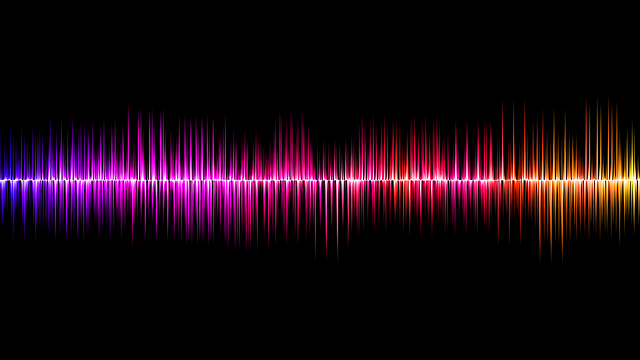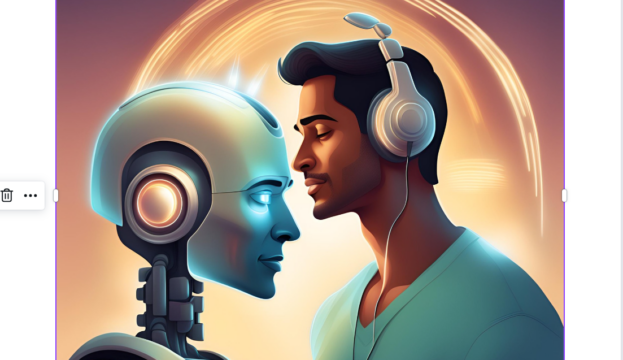Voice payments still might not be mainstream but the increased familiarity with many digital assistants certainly conveys our affinity with advanced technologies. The field of speech recognition technology is not new. The earliest system dates back to the early 1950s, but that could only comprehend numbers. By 2017 technology has advanced to a degree of accuracy comparable to humans. Today, voice recognition has spread rapidly across industries and has become a standard feature in connected devices.
Read more: FM says India is discussing need for crypto regulating SoPs, community rejoices
One critical aspect put forward by voice technology is voice payments, the next evolution of digital payments. Contrary to traditional digital payments, voice payments do not need digital literacy or depend on mobile devices. It can be done seamlessly both on basic and smartphones.
How Voice Payments Affect Business & Customers
An analysis by Pwc states that voice payments will be quite convenient for most people around the world. By 2025, roughly 80% of transactions will be cashless worldwide. By 2030, we will likely experience 50% of the total transactions powered by various voice technologies. This projection will induce a significant shift in the payment structure.
This shift automatically encourages all business divisions and customers to conduct transactions over voice. Every business would be prepared to upgrade per the demands of the market and the clients. Due to the high level of security and lack of need for any other individuals (no in-person interaction) to complete transactions, customers would prefer voice-based payments.
Due to the high level of security and lack of need for any other individuals (no in-person interaction) to complete transactions, customers would prefer voice-based payments
Establishing a voice payment account is similar to creating an online wallet account. In both situations, customers must first link their bank account information or credit/debit card information to their devices. However, in a typical wallet scenario, the customer will probably need to open the app, manually type in the recipient and payment information, and then tap the “ok” button to proceed with the transaction.
For online digital payments, app-to-app linking and ongoing IBAN and account number verification are required. However, voice payments do not require PIN verification; you can simply speak to your phone, earbuds, or voice assistant to carry out the necessary financial transaction. Your voice authorises the transaction and the payment.
Advantages of Voice Payments
More convenient than digital payments: No doubt we have largely accustomed to using digital wallets whether it is a bill payment at a restaurant or a cab fare. It offers a convenient way of transferring money without owing it physically. Voice payments take it a notch higher. With voice technology, customers can now transfer money with simple voice commands. The rise of voice payments will be akin to the growth of digital payments. With the advent of Covid-19, online digital payments took over massively. Similarly, the convenience offered by voice payments will expedite its usage on a global scale.
More secure: Everyone may require technology for their convenience, but not at the expense of their security. Voice payments use NLP (Natural Language Processing), an advanced AI-based technology. Every individual speech has distinctive qualities that are identified by AI as their voice print. When a transaction is made using a voice-based payment method, it matches the voice print and then moves on to the approval stage.
Better financial inclusion: Voice payments broadly serves two sets of customer segments, one of urban India that is well versed with advanced technologies and is extremely comfortable with the concept of UPI payments. The other set of customers is based in rural India. People who are either digitally inept or utilise feature phones. Voice payments are a universal digital payment solution that works on all platforms, including smartphones and feature phones.
Future of Voice Revolution
The pandemic has brought to light the urgent necessity to reconsider how remote user interaction works in favour of no-touch technologies. As we speak much more quickly than we type, voice-first technology not only increases safety but also improves customer experience by making communication more convenient. Industries of all kinds are fusing IoT capabilities with speech recognition technology to suit shifting customer needs and unleash commercial benefits, including home automation, eCommerce, healthcare, retail and automotive.
Read more: Re-commerce: How the sale of used appliances & electronics gadgets is making upgrading easy
Voice technology is expected to be used by billions of people in the years to come as speech recognition systems continue to develop and become more advanced. In the next five years, it is projected that almost every app will use voice technology in some capacity. As more and more people continue to place their trust in technology, voice payments do stand to emerge as the next “new normal” of this decade.

Guest contributor Kumar Abhishek is the CEO and Co-founder of ToneTag, a company that harnesses the power of sound to build a robust channel of data communication to enable extraordinary experiences across businesses. Any opinions expressed in this article are strictly that of the author.












